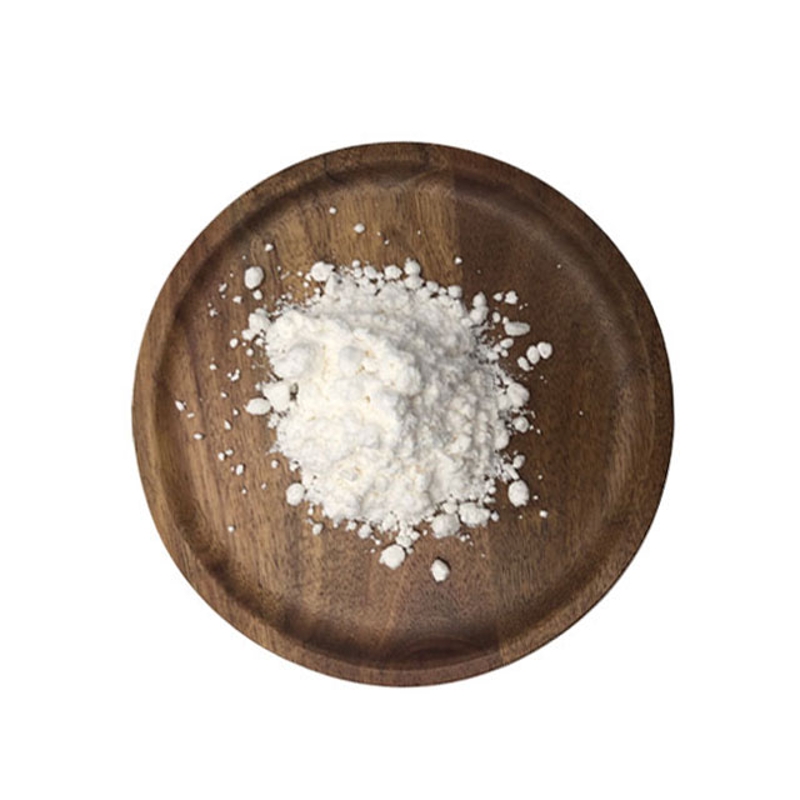-
Categories
-
Pharmaceutical Intermediates
-
Active Pharmaceutical Ingredients
-
Food Additives
- Industrial Coatings
- Agrochemicals
- Dyes and Pigments
- Surfactant
- Flavors and Fragrances
- Chemical Reagents
- Catalyst and Auxiliary
- Natural Products
- Inorganic Chemistry
-
Organic Chemistry
-
Biochemical Engineering
- Analytical Chemistry
-
Cosmetic Ingredient
- Water Treatment Chemical
-
Pharmaceutical Intermediates
Promotion
ECHEMI Mall
Wholesale
Weekly Price
Exhibition
News
-
Trade Service
In recent years, more and more research evidence has shown that bacteria are closely related to cancer and even play a key role
In May 2020, the team of Ravid Straussman of the Weizmann Institute of Science in Israel published a paper [1] in Science that found that most solid tumors contain bacteria, most of which are "intracellular bacteria"
In April 2022, Westlake University's Cai Shang team published a paper in the journal Cell[2], in which they first confirmed the key role of a variety of unique "intracellular bacteria" in breast cancer tissues in the process of tumor metastasis colonization, which is also a major breakthrough
Two recent studies published in the journal Cell show that in addition to bacteria, another class of microorganisms, fungi, may also have a similar link with cancer [3, 4
These two studies provide the clearest link between fungi and cancer to date, with different tumors containing different fungal types that are closely related
The paper is titled Pan-cancer analyses reveal cancer-type-specific fungal ecologies and bacteriome interactions, and is based on the Weizmann Institute of Science in Israel and the University of California
The paper is titled A pan-cancer mycobiome analysis reveals fungal involvement in gastrointestinal and lung tumors, and is based on Duke University and Cornell University
Like bacteria, fungals are an important part of the human microbiome, involved in maintaining a delicate balance
In the first Cell paper, to understand whether fungi have changed in cancer patients, researchers at the Weizmann Institute of Science in Israel and the University of California, San Diego, classified and studied
As expected, fungi (including several types of yeast) appear in all of the cancer types studied, while the specific fungal species, related to
By characterizing the bacteria in these tumors, they found that most types of fungi tend to coexist with specific types of bacteria, suggesting that the tumor environment may be conducive to both fungal and bacterial growth, unlike the normal tissue environment, where fungi and bacteria are in a resource-competitive relationship
In another Cell paper, researchers at Duke University and Cornell University studied gastrointestinal tumors, lung cancer, and breast cancer, and they found that these tumors tend to contain fungi in Candida, Blastomyces, and Malassezia
They also found that higher levels of Candida in gastrointestinal tumor cells were associated
Previously, in an interview with Biological World, researcher Cai Shang of Westlake University said that about 10,000 tumor cells contain only 1 bacteria, so it is necessary to improve detection and staining methods, improve sensitivity, signal-to-noise ratio and accuracy, in order to detect their existence
The same is true of fungi, usually only 1 out of 10,000 tumor cells, describing the fungus in the tumor, like finding a needle
These two studies provide the clearest link between fungi and cancer, but more research is needed to understand whether these fungi promote cancer development by triggering inflammation and other ways, or whether tumors create an environment
Once we have a clearer picture of the role of these fungi in cancer, it is expected to develop treatments or probiotics that specifically control fungal populations and thus help inhibit cancer progression
.
In addition, there are a large number of bacteria, fungi and viruses coexisting in the human body, and previous research has often only considered one of them in relation to human health, but in fact, they interact with each other all the time in the human body, and it is also very important
to figure out how they interact with each other and affect the development of cancer.
Resources:
1.







